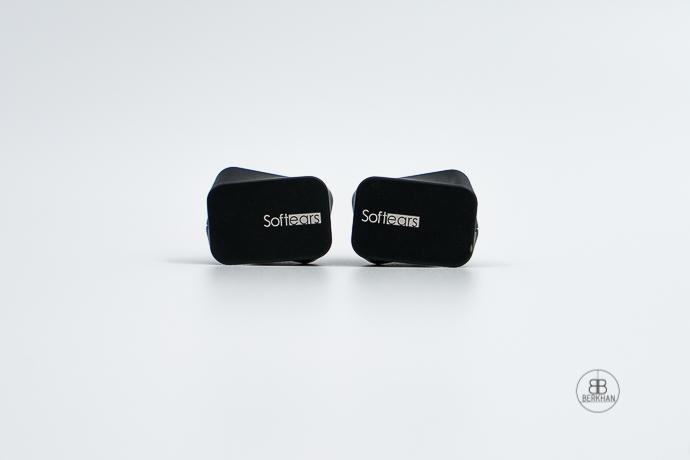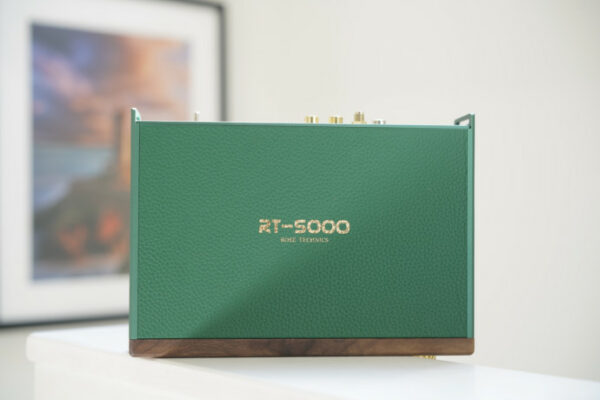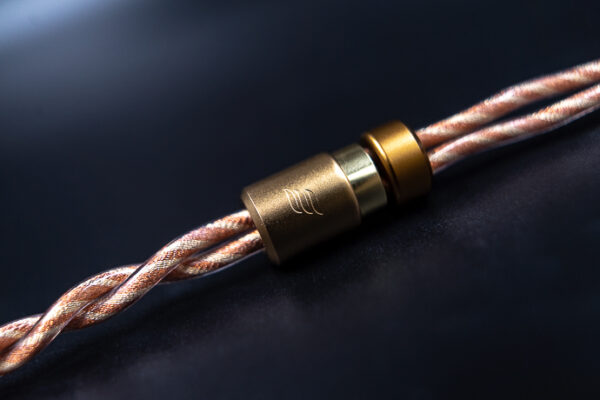Technical Performance
For a single dynamic driver IEM, Twilight has excellent technicalities. The soundstage, although not too vast or enormous, is very impressive. Yet, it does even better in the imaging department, with fantastic layering, positioning and separation. Normally you’d expect the best imaging and separation from multi-driver IEMs, but with its single DD, Twilight does a great job here.
The dynamic range however is not the best in its class, since the opposites of the spectrum aren’t that extended. The diffused sub-bass and slightly rolled-off upper treble are the causes of it. Twilight mostly focuses on mid-bass, mids, upper mids and lower treble. Sometimes you might feel that it sounds a bit mechanical overall.
Another not-so-spectacular aspect of the Turii is the overall crispness and focus. It’s not the most resolving IEM, especially in micro details. It focuses on the whole sound instead of every detail. This doesn’t mean it doesn’t have great detail retrieval, but there are crisper and clearer-sounding IEMs out there.
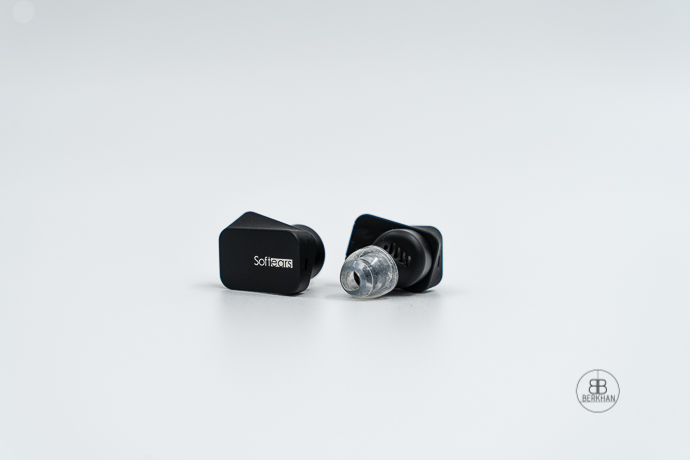
Cables
The stock cable doesn’t unlock Twilight’s full potential. Through my tests, it has become one of the most cable-sensitive IEMs I’ve heard. So, if you’re considering getting the Twilight, I certainly recommend getting a good aftermarket cable.
Right now the Effect Audio Signature Series is a viable option. I especially liked the Ares S pairing. You get more bass rumble with this configuration, slightly eliminating the rumble deficiency in the bass region. You also get better resolution, soundstage and dynamism. There’s better transparency as well.
The Eros S pairing is a bit different. Technically it’s better than the pairing with Ares S, sounding larger with more space and air. The micro details are better, and there’s more resolution. However, the bass quantity is reduced with this pairing. It’s a flatter sound, close to neutral than the stock cable.
I’d recommend both depending on your tastes. But one thing is for sure, Twilight needs a proper cable to shine.
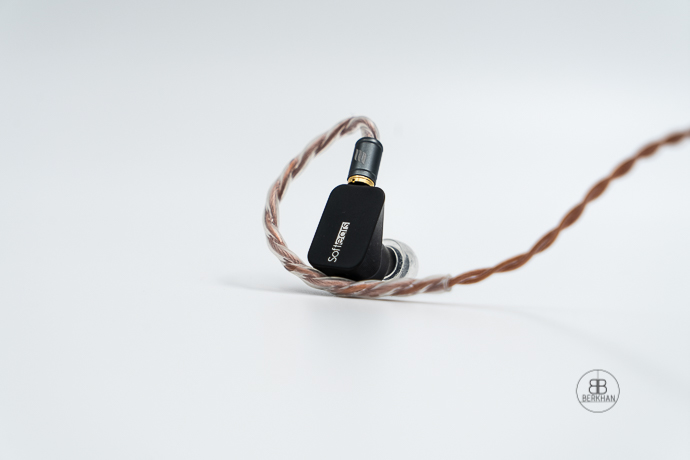
Comparisons
Another benchmark IEM for single DD designs, the IE 900 is an excellent IEM. Just like Twilight, it has great build quality, good fit, and very impressive sound. However, these two sound very different.
The IE 900 is an analytical IEM compared to the Twilight. It has better resolution and transparency overall. Its bass is better in terms of sub-bass rumble, although it’s also a conservative IEM in terms of overall bass quantity, just like the Twilight.
Technically the IE 900 has the upper hand, but it sounds sterile and dull, especially in the mid-range. The mids are quite dry with the IE 900, lacking emotion and musicality. Twilight is the exact opposite. It has a very musical and realistic timbre, especially when it comes to instruments.
IE 900 has a better dynamic range, with better extending treble in particular. That treble however can be tiring in long listening sessions, while the Twilight presents it softer.
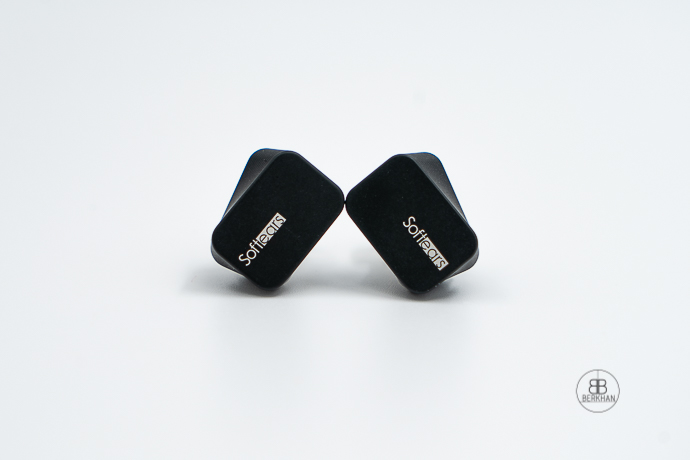
Another successful DD IEM is the Advar. With a lower price than both IE 900 and Twilight, it’s a serious option for single DD lovers. It also has a great build with its stainless steel shells, combined with copper and aluminium. It also has a good unboxing experience. To me, it also has a better fit overall.
Sound-wise Advar gives a more balanced bass with adequate sub-bass and mid-bass together, whereas Twilight focuses on the mid-bass. The mid-range timbre is better with Twilight, and although Advar sounds crisper, more energetic and fun, Twilight has a better and more realistic mid-range.
Treble in Advar is crisper and more energetic, whilst Twilight behaves conservatively. It certainly has the definition, but Advar sounds more articulated and extended in the treble.
Twilight has an aluminium chassis which feels a bit more premium. Its shape is unique though, much angular and sharper than the smooth and rounded Oriolus. It’s harder to operate in terms of fit, but once you find the proper tips you’re pretty much okay. Yet, Twilight has much better packaging.
Twilight’s bass is subdued when directly compared to Szalayi’s heavy-hitting and impactful bass. Twilight stays closer to a neutral presentation there, but Oriolus wins in the sub-bass department. The midrange is less vivid in Twilight as well, but not without its qualities, such as definition, timbre and detail. And despite being a single dynamic driver monitor, it copes with complex songs surprisingly well. Yet, Oriolus’ mids, with the support of its planar unit, are fantastic with great dynamism and liveliness. Szalayi offers a wider soundstage too with a better treble response.
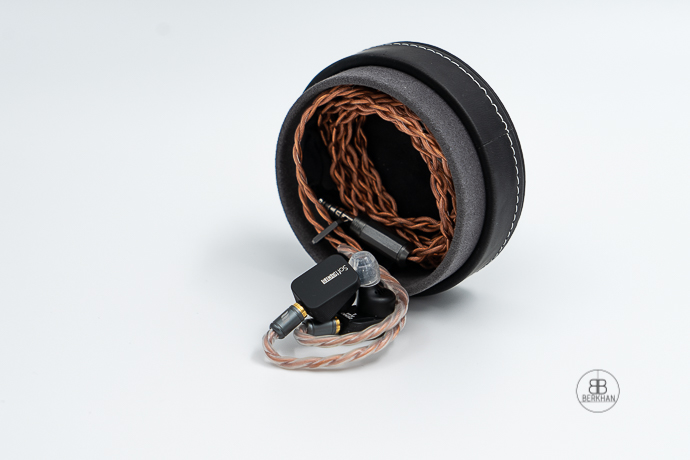
Conclusion
Single DD designs are still relevant in the portable market, and Twilight proves it well enough in my opinion. You get great tonality and cohesiveness with single DD monitors, as proven with a few other models too. Sennheiser managed to do it, Meze Audio also did it, and now Softears has also done it.
It’s a smooth, flowing and silky monitor with excellent staging and imaging abilities. Once it’s paired with a proper cable, the performance is very impressive. Softears managed to become one of the most impressive IEM brands recently, and I can only hope that they can continue to develop this single DD design even further. In the world of complex tribrids, we still need simplistic engineering for a cohesive and musical sound.
If single dynamic monitors are in your area of interest, the Softears Twilight is one of the best IEMs you can get.





